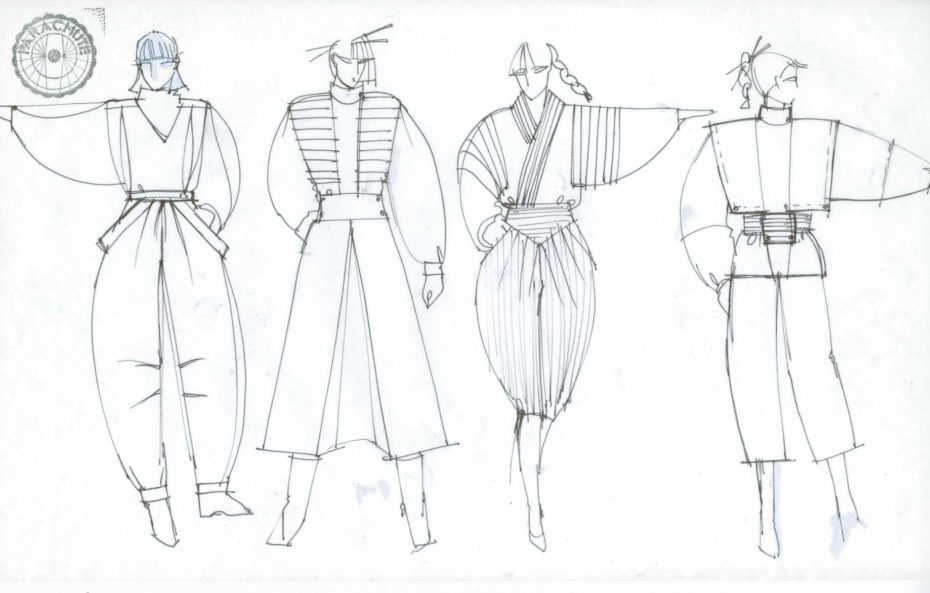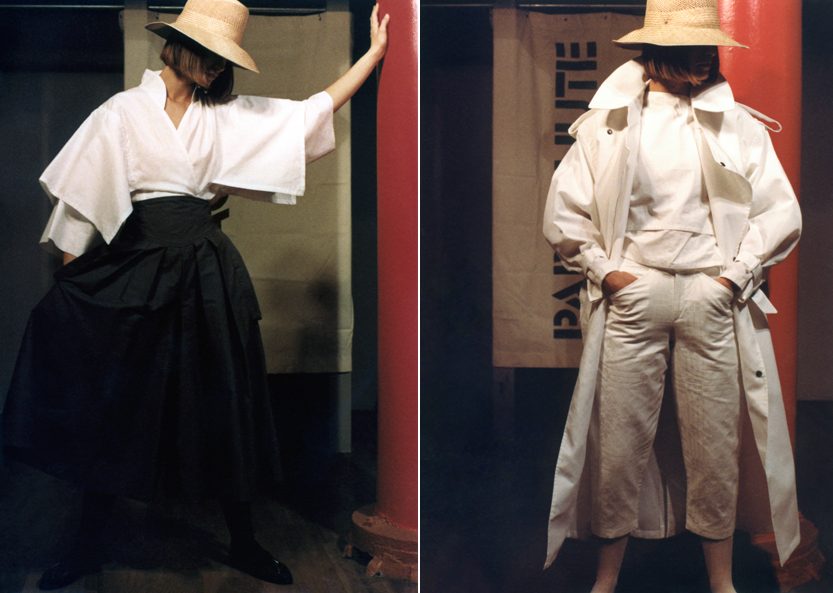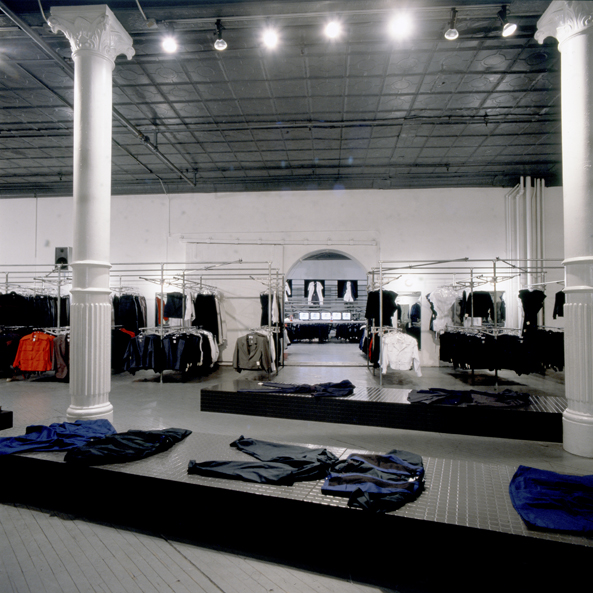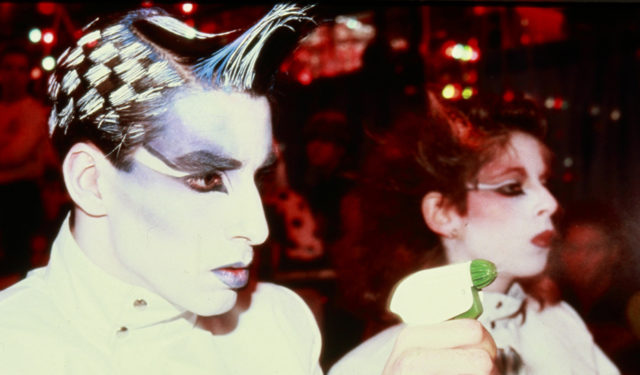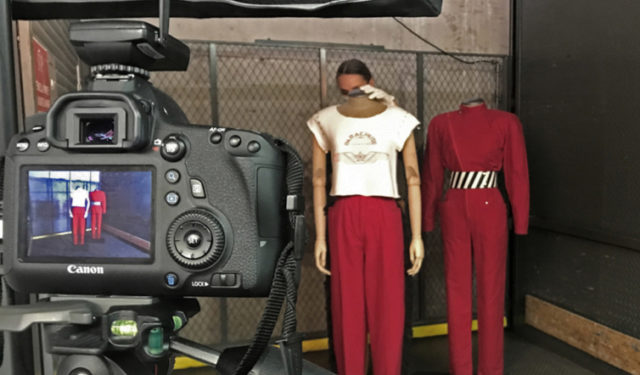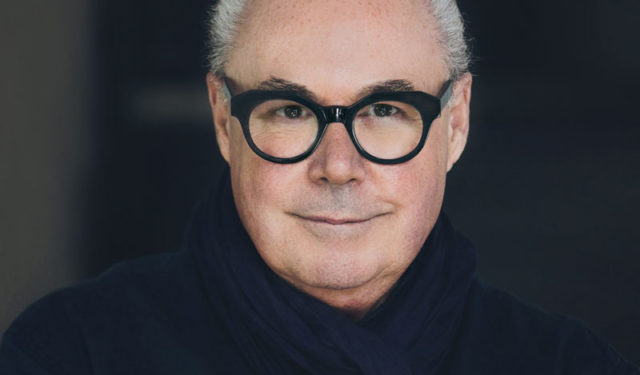Parachute – Design and Disruption
Learn about the creative approach of the Parachute brand.
For Harry Parnass and Nicola Pelly, co-founders of Parachute, design was a political act that provoked and challenged the status quo. They dubbed their postmodern approach to design “Collage and Hybrid,” in which they synthesized fashion references from a wide range of sources including ethnographic clothing, military uniforms, active sportswear and historical ensembles to create innovative and sometimes shocking silhouettes.
The Parachute approach to dressing was intellectual; the clothing was loaded with symbolism and multi-layered meaning. Parnass and Pelly believed fashion to be a powerful tool for non-verbal communication and provided clients with a stylish vocabulary of garments with which to create a unique personal language.
Parachute marketed hip, authentic urban underground experiences in its gritty and industrial Parnass-designed boutiques in cities such as New York, Los Angeles, Chicago, Miami and Montreal. The SoHo store, located in an enormous loft space on Wooster Street in New York, was a downtown destination of the era, drawing a sophisticated clientele and the international fashion press.
A magnet for talented young people, the visionary boutique was staffed by an eclectic mix of artists, club kids, musicians and designers, many of whom went on to achieve great success in the fashion industry. Artist Ruben Toledo, Vogue and Vanity Fair fashion editor and stylist Elizabeth Saltzman, photographer David Lachapelle, Undefeated co-founder Eddie Cruz and James Jebbia of Supreme were all Parachute New York alumni.
In the spirit of Biba and Fiorucci before it, Parachute was a lifestyle brand for the 1980s. Through a combination of youth-driven countercultural inspiration, a bold and graphic fashion product, and theatrical, experiential retail environments, Parnass and Pelly lucratively commodified cool urban life. Parachute, with its authentic, subversive hipness and street credibility, stands amongst the vanguard fashion brands that paved the way for the mainstream explosion of streetwear at the start of the 1990s.


